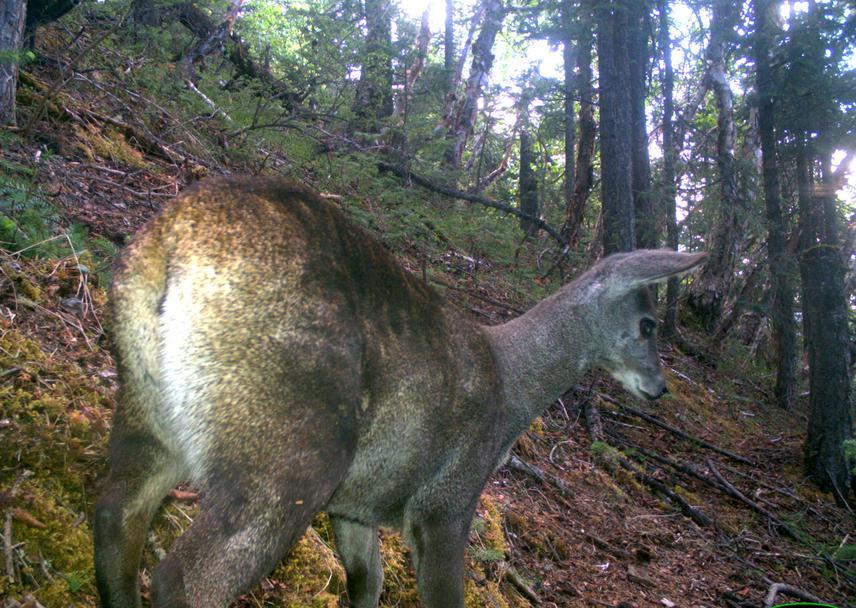Nar Bahadur Chhetri
The project main aim are to estimate musk deer population through DNA analysis and control poaching and increase the population of it by using the SMART(Spatial Monitoring and Reporting Technique)patrolling in Nysheang valley of Annapurna Conservation Area.

Musk deer.
Musk deer is endangered found in the forest of Himalayas; threatened by poaching and habitat fragmentation. The deer is resides in high mountain and tough terrain crepuscular, active during dawn and dusk. Being small mammal and residing on a dense cover, the deer are mostly inconspicuous. The population trends of musk deer are declining around the world. In Nepal, musk deer are restricted within Himalayan protected areas; hence, the deer population is highly isolated. No one has estimated the reliable population of the deer in any protected areas of Nepal and most of the methods such as silent drive count, snow tract count has been found to be unsatisfactory (Wang and Harris, 2008) Therefore, this project has been targeted to use non-invasive DNA based analysis to estimate population. As the deer is crepuscular and nocturnal, only the communal latrines are the most noticeable proofs of deer’s presence in its habitat. Hence, this project will find out the locations of latrines in different seasons and use this behaviour to curtail poaching through training local people and protected area staffs (Officers and rangers of Annapurna Conservation Area) with cutting edge technologies.
The deer is poaches for musk gland. Poachers use snares to kill the deer. Most of the snare are usually set at or near latrine site because musk deer use the common latrine. A local organization such as conservation area management committee and youth clubs will be aware and trained on effective forest patrolling techniques using the cross-cutting technique such as using GPS and SMART (Spatial Monitoring and Reporting Technique) patrolling and human non-detachable trail cameras.
If local people would be aware and trained for forest patrolling based on latrines site, the deer could be conserved. This project ultimately aims to see increasing population of musk deer in Nysheang Valley of Annapurna Conservation Area.